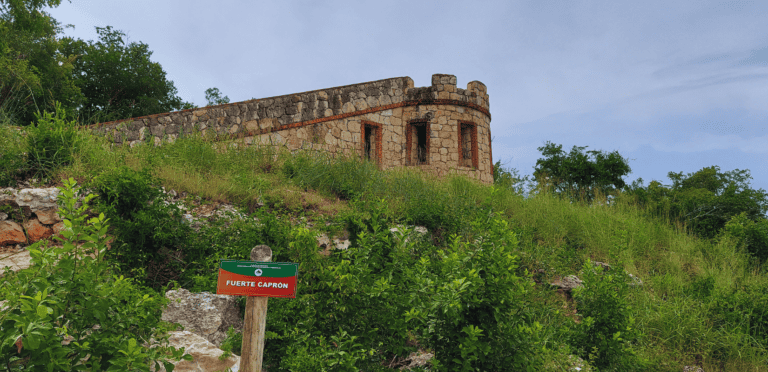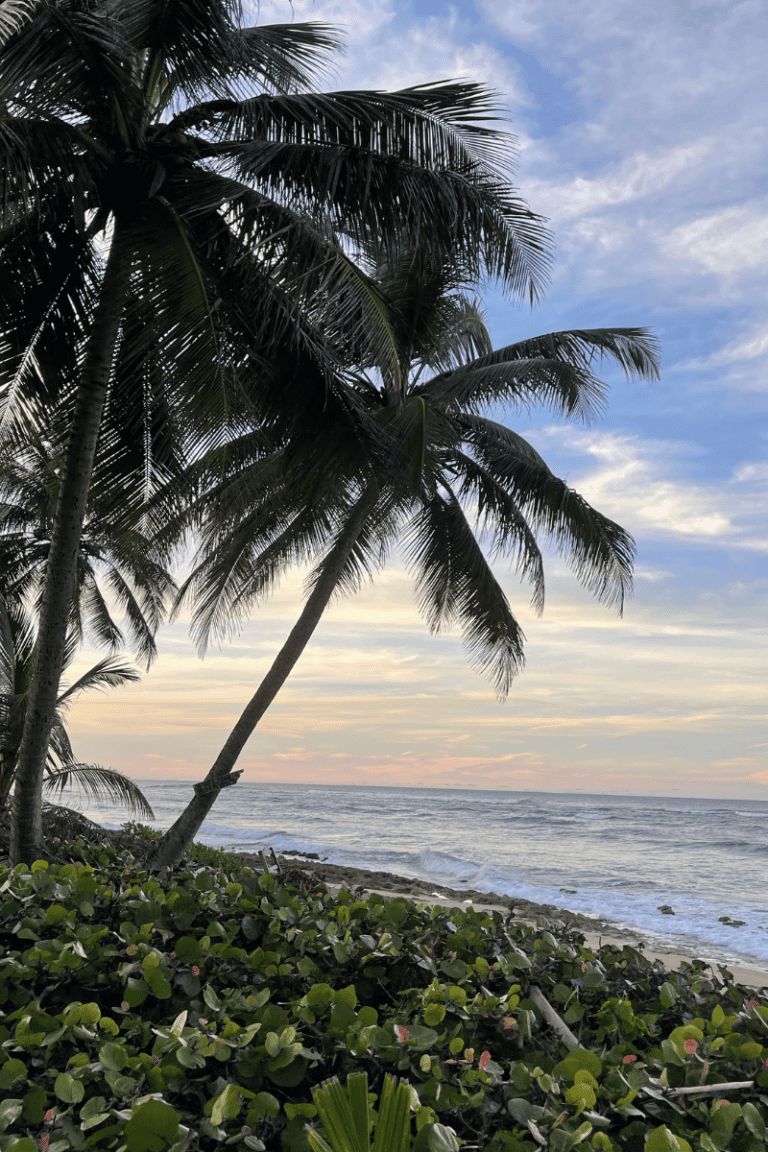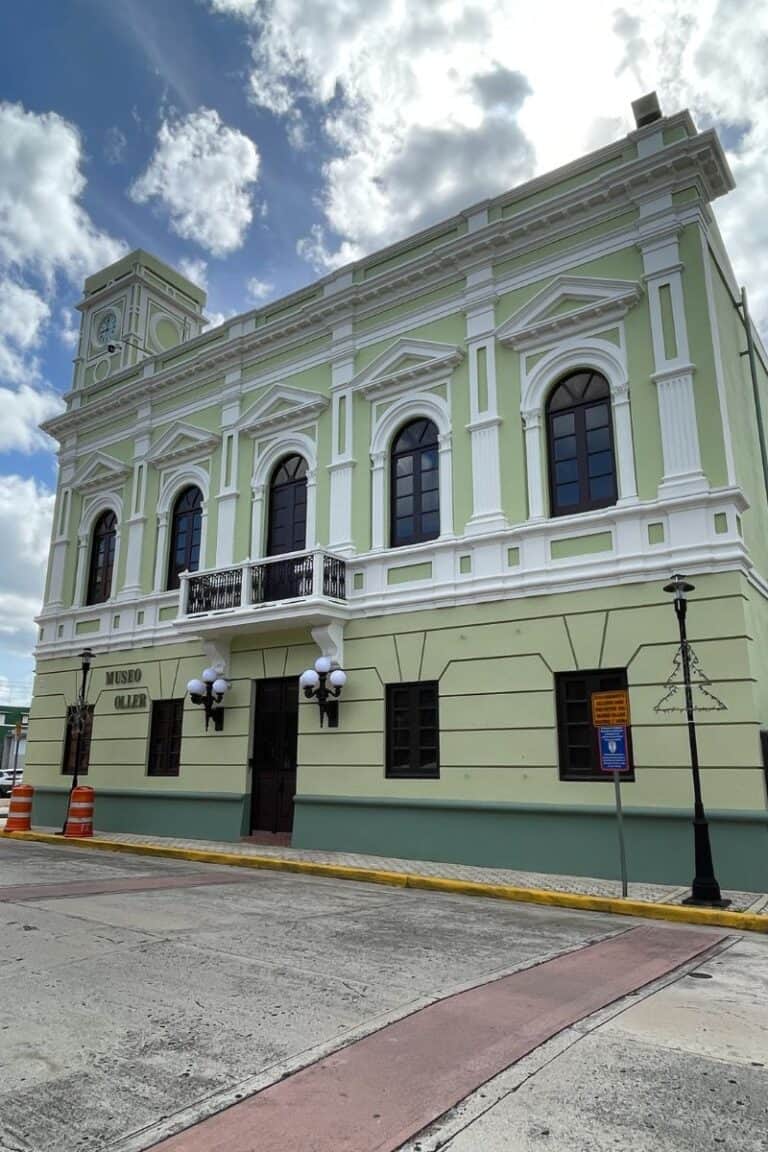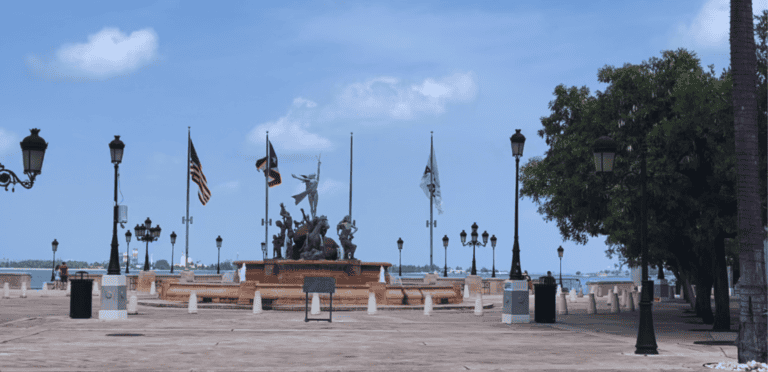How To Plan A Trip To Puerto Rico With Ease
If you’ve been daydreaming about escaping to a place with stunning beaches, cobblestone streets, and tasty food, you’re in the right place.
Planning a trip to Puerto Rico is exciting—and with a little prep, it’s also surprisingly easy.
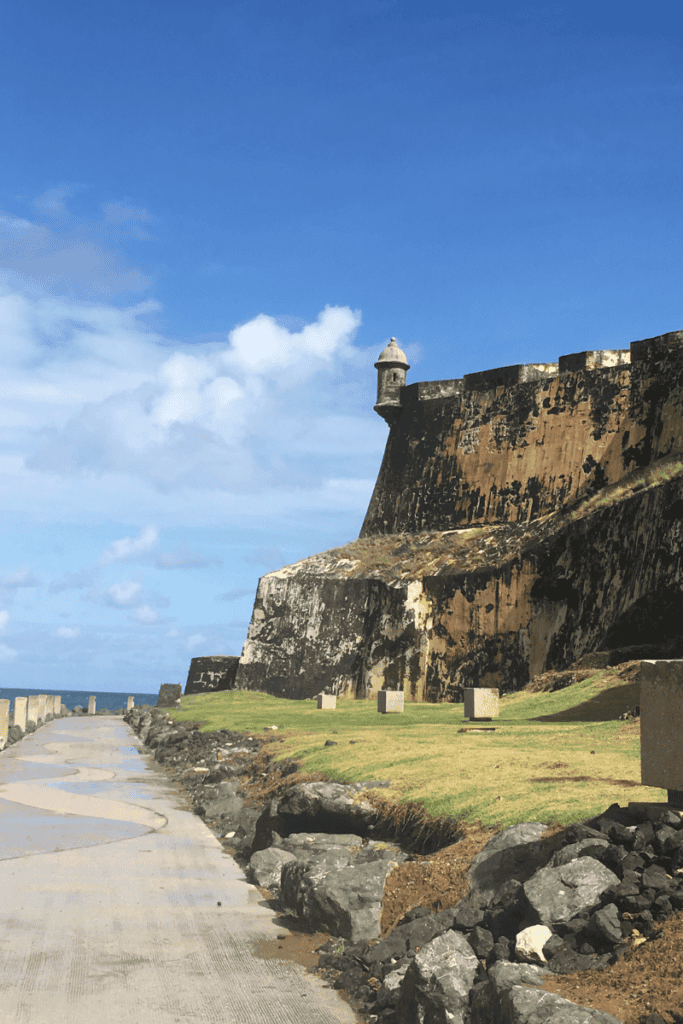
As Puerto Ricans, we’ve got all the insider tips you need to plan a vacation to Puerto Rico.
Whether you’re visiting for the first time or returning for another island escape, this complete guide walks you through how to plan a trip to Puerto Rico step by step.
From when to go, where to stay, what to eat, and how to get around, we’ve got all the essentials (and a few local tips) to help you plan your perfect Puerto Rican getaway.
Best Time to Visit Puerto Rico
Puerto Rico has nice weather all year round, but your experience can vary a lot depending on when you go.
The island has a tropical climate, so you can expect warm temperatures year-round.
The high season runs from mid-November to mid-April, when the weather is driest and most comfortable.
If you’re planning a vacation to Puerto Rico during this time, book early—hotels and flights fill up fast, and prices go up as many tourists visit to escape the cold winter weather.
The off-season runs from May to November, which includes hurricane season (especially August and September).
That said, this is a great time to score deals.
Rain showers are usually brief, and the island is less crowded.
If you don’t mind a bit of unpredictability, it’s a solid choice for budget travelers.
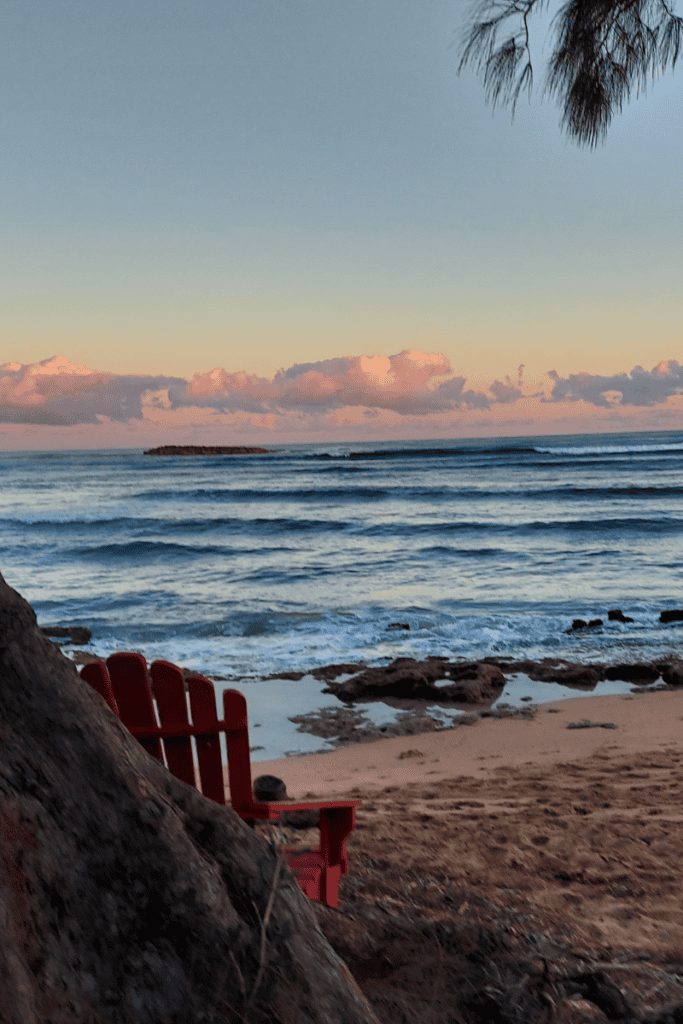
Puerto Rico Travel Requierments
One of the perks of planning a trip to Puerto Rico if you’re a U.S. Citizen or coming from the mainland is that you don’t need a passport.
Since Puerto Rico is a U.S. territory, you can travel there with a valid driver’s license or state ID. Remember, it must be a Real ID starting May 7, 2025.
No need for customs, currency exchange, or an international phone plan. That’s a win in our book!
If you’re visiting from outside the U.S., you’ll need to follow the same visa requirements you would for the mainland.
Be sure to check your country’s entry requirements in advance to avoid surprises.
Budgeting for Your Trip
Let’s talk money. Planning a vacation to Puerto Rico can fit a range of budgets, but it can be expensive.
The official currency in Puerto Rico is the U.S. dollar, which makes transactions simple for American visitors.
Expect to find most establishments accepting major credit cards, although it’s helpful to carry some cash for smaller, local vendors, especially in rural areas.
On average, you can expect to spend:
- $100–$250 per night on accommodations (Airbnbs can be even cheaper)
- $15–$30 for casual meals or up to $60+ for fine dining per person
- $30–$150 per day on activities, transportation, and extras
Keep in mind that Puerto Rico has one of the highest sales taxes in the United States at 11.5%. This tax applies to most purchases, including restaurant bills, clothing, and other goods.
In Puerto Rico, tipping is generally expected and follows similar customs to the mainland United States.
To save money, consider staying outside Old San Juan and eating like a local. Food trucks and local panaderías (bakeries) serve up delicious meals for under $15.

How to Get to Puerto Rico
The easiest way to get to Puerto Rico is by flying into Luis Muñoz Marín International Airport (SJU) in San Juan.
It’s the island’s main airport and has direct flights from dozens of U.S. cities, including New York, Atlanta, Miami, Dallas, and Chicago.
Flights from the East Coast are usually under 4 hours, which makes this tropical destination super accessible.
There are smaller airports on the island too—like in Aguadilla and Ponce—if you’re exploring the west or south coast.
Some cruise ships also stop in San Juan, but flying gives you the most flexibility when planning a trip to Puerto Rico.
Getting Around Puerto Rico
Public transportation exists but is limited outside San Juan.
And we honestly don’t recommend it; it is not reliable, and it works on “island time”.
The only public transportation we use is Tren Urbano (train), but the stops are very limited.
If you’re staying in the city and only taking short trips, Uber works well.
But if you want to explore beyond the metro area—like El Yunque, the bioluminescent bays, or beach towns on the west coast—renting a car is your best bet.
Driving is similar to the mainland U.S., but be prepared for narrow roads and aggressive drivers in some areas.
Gas stations are common, and Google Maps works fine.
If you’re planning a vacation to Puerto Rico and want to explore around the island (which we highly recommend), having your own vehicle gives you way more freedom.
Check out more POSTS ON PUERTO RICO

Where to Stay in Puerto Rico
Puerto Rico has accommodations for every budget and vibe.
If it’s your first time, Old San Juan, Condado, or Isla Verde are great areas to stay.
You’ll be within walking distance of historical sites, restaurants, and nightlife.
For beach lovers, Condado and Isla Verde offer a resort feel right on the water.
Looking for something quieter? Try Rincón (great for surfing), Luquillo (beach town near El Yunque), or Vieques and Culebra (gorgeous islands just off the coast).
Wherever you stay, book early during high season—especially if you’re traveling around holidays or festivals.
If you’re looking for a luxury boutique hotel in Condado, check out our experience staying at the Olive Boutique Hotel.
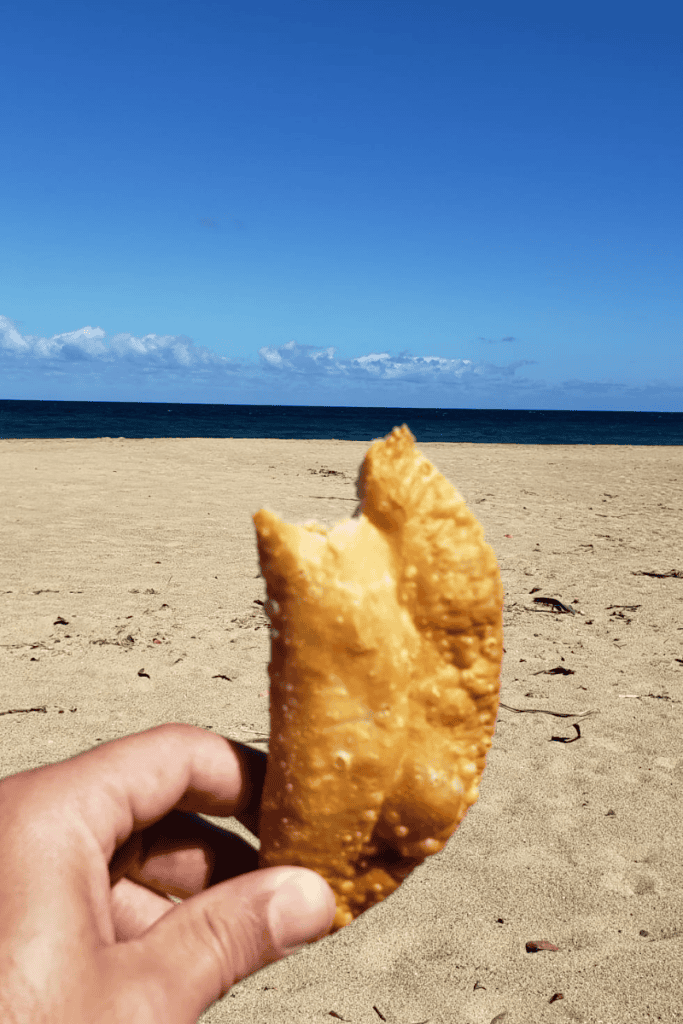
What to Eat in Puerto Rico
Puerto Rican cuisine is full of flavor, history, and soul.
You can’t leave without trying:
- Mofongo: Mashed plantains, usually filled with shrimp, pork, or chicken.
- Lechón: Slow-roasted pork, especially popular in the town of Guavate.
- Tostones: Fried plantains—crunchy, salty, and addictive.
- Alcapurrias: Deep-fried fritters made from green bananas and yautía, filled with seasoned meat or crab.
Local bakeries serve up mallorcas (sweet bread with powdered sugar), and don’t forget to sip a piña colada—it was invented in San Juan!

Top Things to Do in Puerto Rico
Here’s where the fun begins.
Whether you’re into hiking, history, or just soaking up the sun, Puerto Rico delivers.
- Explore Old San Juan: Walk the cobblestone streets, visit Castillo San Felipe del Morro, and snap colorful photos in front of the iconic pastel buildings. To learn more about the top things to do in Old San Juan read our blog post 25 Top Things To Do In Old San Juan Puerto Rico.
- Hike El Yunque Rainforest: The only tropical rainforest in the U.S. National Forest system, with waterfalls, trails, and stunning views.
- Visit a Bioluminescent Bay: Kayak at night in Mosquito Bay (Vieques), Laguna Grande (Fajardo), or La Parguera to see glowing waters.
- Beach Hop on Culebra: Flamenco Beach is often named one of the best in the world.
- Taste Local Rum: Tour Casa Bacardí, Ron del Barrilito or sample craft rums at bars in San Juan.

What to Pack for Your Trip
Packing depends on when you’re going and what you’re doing, but here are some essentials for planning a trip to Puerto Rico:
- Light, breathable clothes (humidity is real)
- Comfortable walking shoes (for Old San Juan or hiking)
- Swimsuit and beachwear
- Bug spray (especially for rainforest or coastal nights)
- Sunscreen (reef-safe if you’re going in the water)
- Portable charger and waterproof phone pouch for beach days
If you’re heading to the rainforest, a lightweight rain jacket is smart too.
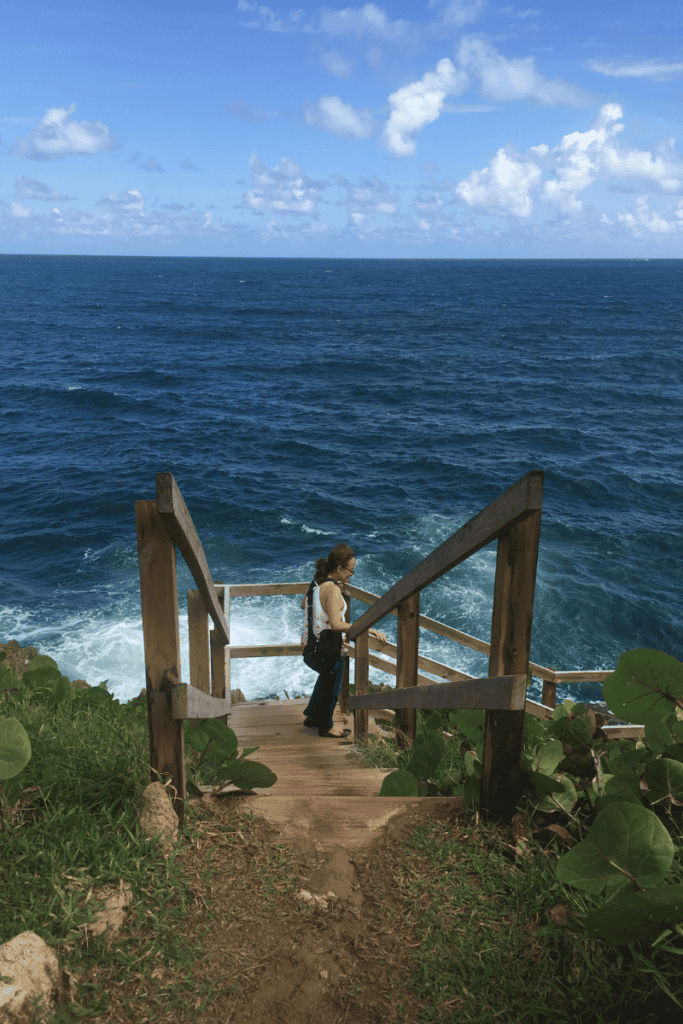
Cultural Tips & Local Etiquette
Puerto Ricans are warm, friendly, and proud of their culture.
A few quick tips will help you blend in and show respect:
- Language: Spanish is the main language, but most locals in tourism speak English. A few Spanish phrases go a long way. Thank you = Gracias
- Tipping: Similar to the U.S.—15-20% at restaurants is standard.
- Greetings: A friendly “¡Hola!” or “Buenos días” is always appreciated.
- Driving: Locals may honk more than you’re used to—it’s often just a heads-up, not aggression.
Puerto Rico has a strong cultural identity, blending Spanish, African, and Indigenous Taíno influences.
Be curious and respectful, and you’ll be welcomed with open arms.
Safety Tips & Common Scams
Puerto Rico is generally safe for tourists, especially in popular areas.
But, like any destination, keep your guard up:
- Don’t flash valuables, especially in crowded areas
- Stick to well-lit areas at night
- Keep an eye on your drinks at bars
Most locals are kind and helpful, so if something feels off, trust your gut and ask for help.
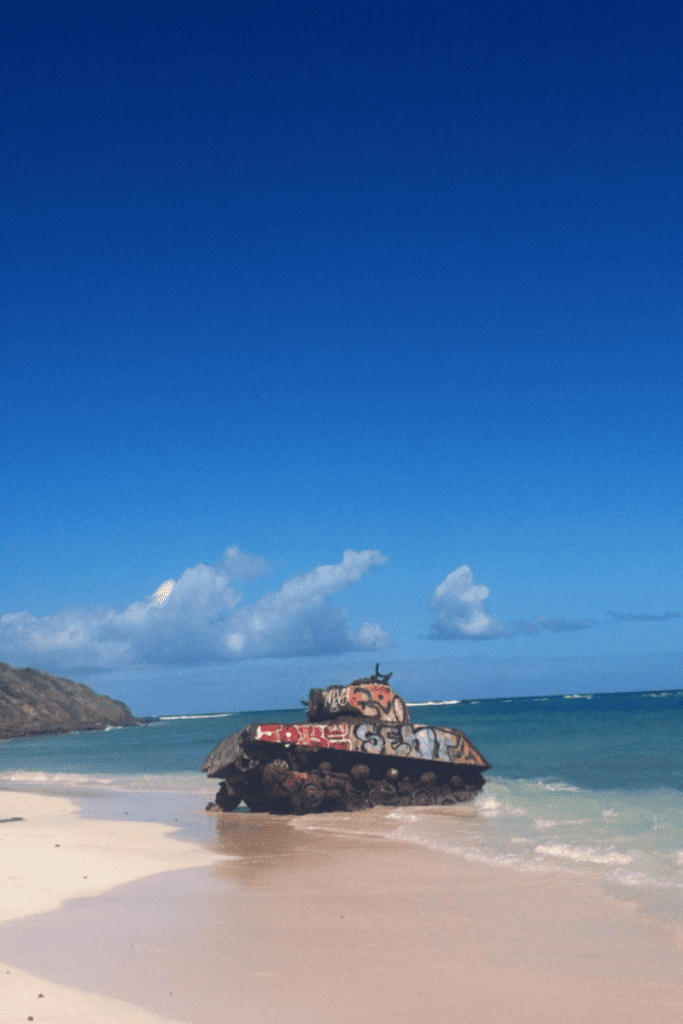
Must-Have Apps for Your Trip
A few handy apps can make your trip smoother:
- Google Maps: This works well for driving and walking directions
- Uber: Available in San Juan and surrounding areas
- Google Translate: Helpful if you’re outside tourist areas
- AllTrails: Great for hiking in El Yunque
- Ferry PR: For checking ferry times to Culebra and Vieques
Download offline maps and your bookings before you go—cell service can be spotty in remote areas.
Visiting Puerto Rico
Planning a trip to Puerto Rico doesn’t have to be overwhelming.
With its vibrant culture, natural beauty, and easy travel for U.S. citizens, Puerto Rico is one of the most accessible and rewarding places you can visit.
Whether you’re hiking through the rainforest, kayaking under glowing stars, or just eating your way through San Juan, there’s something here for everyone.
Now that you know how to plan a trip to Puerto Rico, it’s time to start booking!
And if you found this guide helpful, don’t forget to check out our other travel tips and itineraries to help you keep the adventure going.
